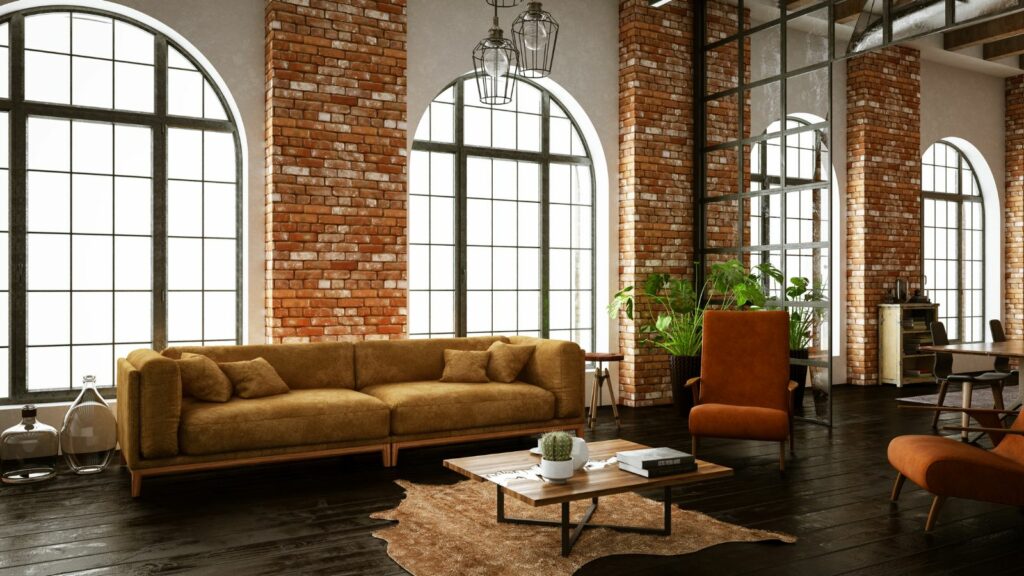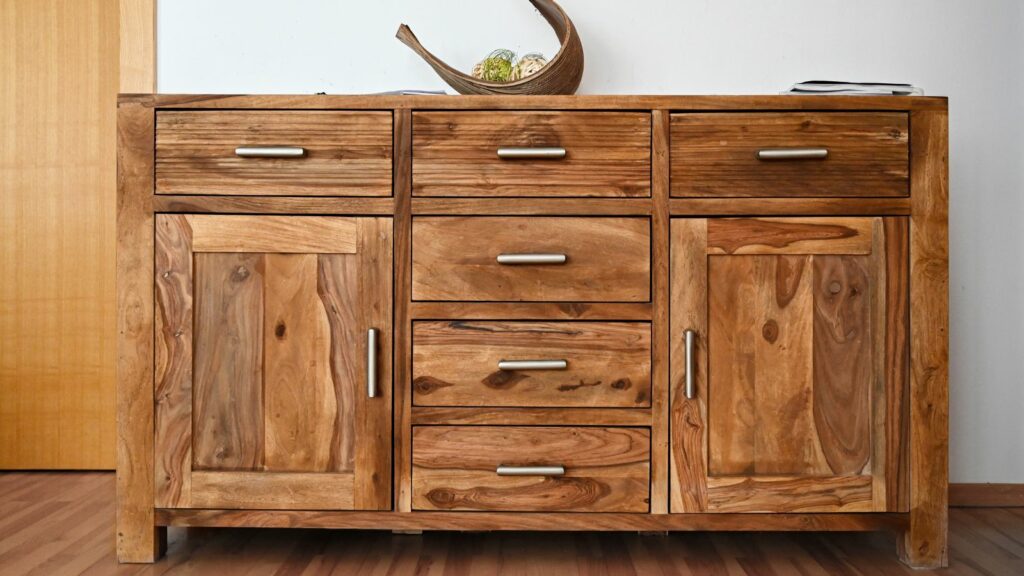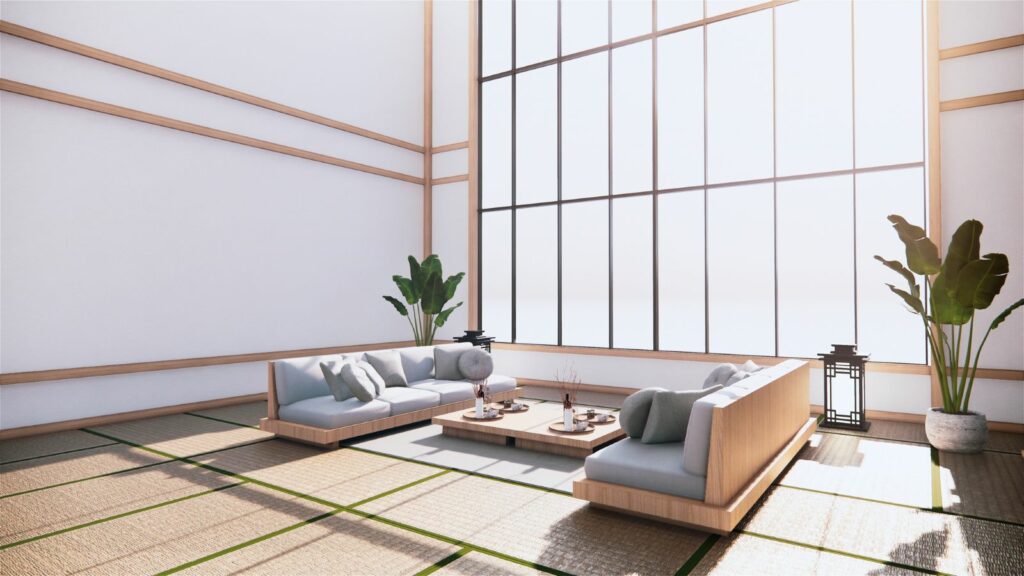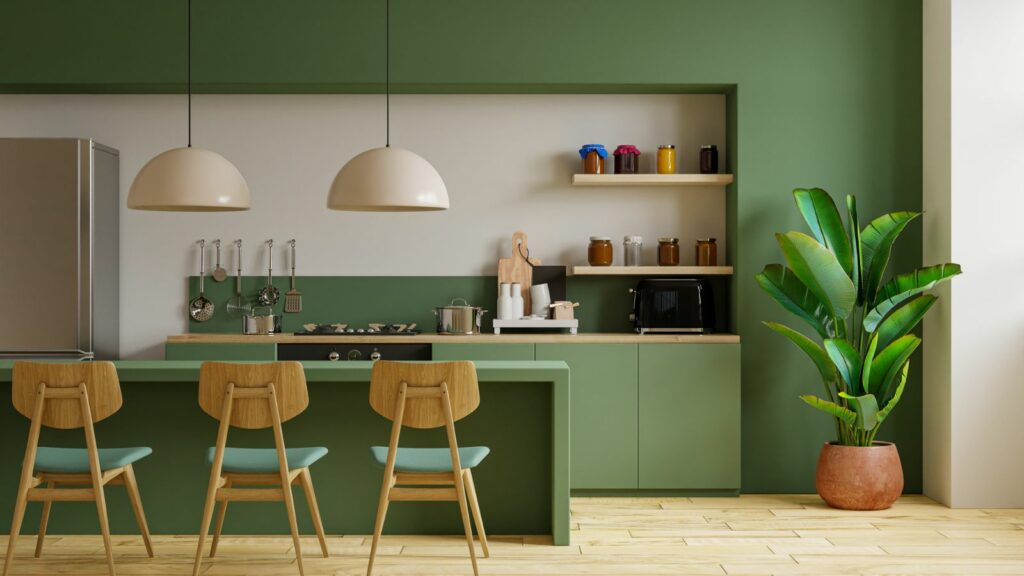Furniture design styles have evolved dramatically over the centuries, reflecting cultural shifts and technological advancements. From the ornate carvings of Baroque to the sleek lines of Modernism, each era brings its unique flair and functionality to our living spaces.
Furniture Design Styles

Furniture design styles offer distinct characteristics and historical backgrounds. Each style represents unique aesthetics, materials, and craftsmanship techniques. Understanding these styles can help integrate personal tastes into living spaces.
Traditional furniture design exhibits rich wood tones, intricate carvings, and classic fabrics like brocade and velvet. Styles include Queen Anne, Victorian, and Georgian, each with ornate detailing.
Modern design focuses on simplicity, functionality, and clean lines. It incorporates materials like metal, glass, and plastic. Notable styles are Mid-Century Modern and Minimalist.
Rustic style embraces natural elements. It uses reclaimed wood, stone, and raw metals. Popular styles include Farmhouse and Lodge, known for their warmth and ruggedness.
Traditional Furniture Design
Traditional furniture design is rooted in historical aesthetics, drawing inspiration from classical and timeless styles.

Traditional furniture design features rich wood tones, intricate carvings, and ornate details. Mahogany, cherry, and oak are common wood choices. Upholstery often includes leather or luxurious fabrics like brocade and velvet. Symmetry and balanced proportions define this style, lending a sense of harmony to the space. Furniture pieces are usually robust and substantial, reflecting quality craftsmanship. Decorative elements such as scrolls, fluting, and inlaid patterns enhance the overall elegance.
Queen Anne and Victorian styles exemplify traditional furniture design. Queen Anne furniture, popular in the early 18th century, showcases cabriole legs and minimal ornamentation. Victorian furniture, from the mid-to-late 19th century, is known for its opulent upholstery, deep button tufting, and elaborate woodwork. Chippendale style, from the 18th century, features detailed carvings and graceful lines. French Provincial furniture, another example, highlights rustic charm with refined, curved lines and distressed finishes.
Modern Furniture Design
Modern furniture design emphasizes clean lines, simplicity, and functionality. Originating in the late 19th century and solidifying in the mid-20th century, this style approaches furniture making with an innovative mindset.
Key Features
Modern furniture design features a minimalist aesthetic, avoiding excessive ornamentation. Emphasizing functional forms, it typically uses materials like metal, glass, and molded plastic. Furniture pieces often have smooth surfaces and geometric shapes, prioritizing practical use with sleek, unadorned appearances. The color palette leans towards neutral colors such as black, white, and gray, often incorporating bold accent colors.
Iconic Designs
Several iconic designs define modern furniture. The Barcelona Chair, designed by Ludwig Mies van der Rohe, exemplifies modernism’s sleek lines and use of modern materials. The Eames Lounge Chair, created by Charles and Ray Eames, combines comfort with simple elegance using molded plywood and leather. The Wassily Chair by Marcel Breuer showcases tubular steel construction, pioneering the use of industrial materials in home furnishings. These designs remain influential, shaping modern interiors globally.
Rustic Furniture Design
Rustic furniture design emphasizes natural beauty, ruggedness, and a connection to the outdoors. This style often features raw materials and handcrafted elements, creating a warm and inviting ambiance.

Rustic furniture uses natural materials like wood, stone, and metal, embracing their imperfections. Distressed finishes, hand-hewn edges, and visible knots add character. Earthy color palettes, including browns, greens, and neutrals, enhance the natural look. Common examples include wooden beams, reclaimed wood tables, and wrought iron fixtures. Textures play a crucial role, with materials like burlap, linen, and wool used for upholstery.
Rustic furniture fits best in living rooms, bedrooms, and dining areas, creating a cozy atmosphere. Living rooms can showcase rustic coffee tables and wooden cabinets. Bedrooms benefit from wooden bed frames and chests. Dining areas are enhanced with farmhouse tables and rustic chairs.
Discovering Your Style
Exploring furniture design styles offers invaluable insights into cultural history and personal expression. By understanding the unique characteristics of each style, individuals can create living spaces that truly resonate with their tastes and lifestyles. From the intricate details of traditional designs to the sleek lines of modern aesthetics, there’s a style for every preference. Embracing these diverse styles fosters a deeper appreciation for the art of furniture design and enhances the ambiance of any home.

